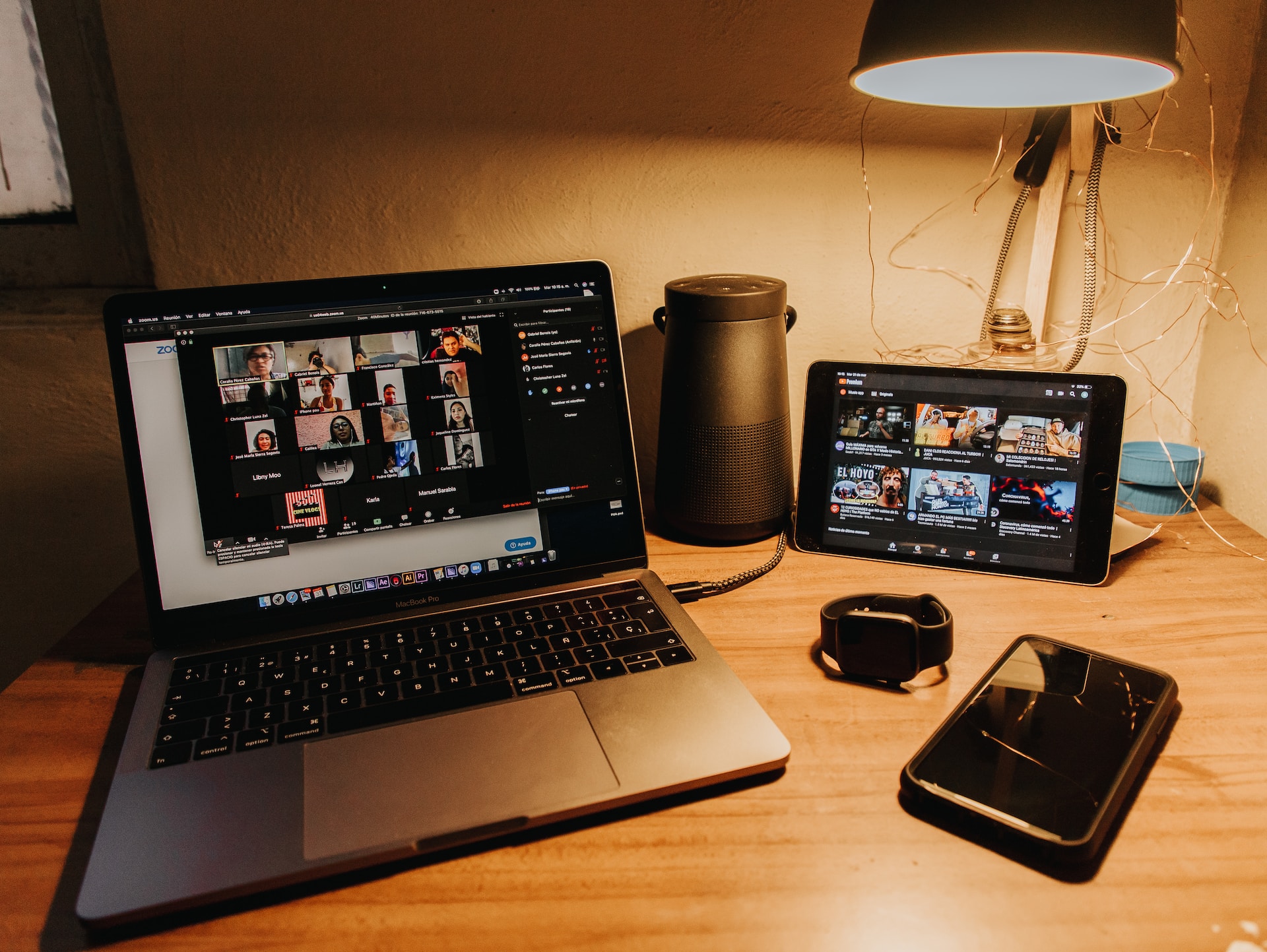How To Convert A Video Into A Web Story
Got an existing video that you want to turn into a Web Story? Perfect. Let me explain how to do just that. For this YouTube series, we produce weekly videos, and we take the content from the video and mold it into a Web Story.

So, in our case, the Web Story derives from the content of our YouTube video. But why are we doing that? Because we have a fancy YouTube channel about Web Stories? Well, yes. But there are also a few other reasons.
Web Stories can be consumed at the viewer’s pace page by page. And not only that, but you can also move forward and backward, which is great for recipes, for example. They are a bit more flexible than a video and can contain links and quizzes. Recently, they can also appear in a prominent carousel on Google Discover, offering you the possibility of reaching a completely new audience.
Now, let us use the content we’ve already produced and turn it into a Web Story. By the way, most of the following tips also apply if you want to turn a text like a blog post into a Web Story. The following three steps will help you turn your masterpiece video into a masterpiece Web Story.
These steps are revisited, scripted, and create. The first thing you want to do, especially when the video you are converting is already a bit older, is to revisit your content. Make sure you know what the key message of your video is. What is at the core of your story? You even wrote a script for your original video, and you can read through that again. It is important to note that a video and Web Story are different content formats. It might seem like an easy solution to just cut the video into shorter clips and stitch them together into a Web Story.
However, that wouldn’t be your content justice, and your Web Story would neither have the appeal of the original video nor play into the strength of the story format. For starters, your story would have too many pages, each featuring only fractions of a train of thought. Remember that you ideally want to convey a single idea per story pitch. So have a look at your video and find the parts where you boil an argument down. Also, keep in mind that the first two or three pages of your story will decide if your reader will keep reading, so you will want to convey the merit of your story at the start. Let’s see where my team stands converting the video into a Web Story.
Right. They are still working on the script. Well, when you have familiarized yourself with your content, it’s time for step 2–write a script for your Web Story. But I already did that for my video. Yeah, but hear me out. Your video script is a great starting point, but it is not a replacement for a story script. Take your story arc or the core points that you identified doing the revisiting phase and put them in your web Story script. Our team likes to work with this basic script template. In order to get an understanding of what our story will look like, we are creating a brief scribble or mock-up of each page and writing down if we need special assets or captions.
We will map out which part of the video we will use in our story on which page, while making sure that we find a balance between pages that feature video and others which feature text. Here, we also determine if we are missing additional assets or want to spice up a page with a photo or a GIF. If you are interested in working with this template, you can find a link in the description. Oh, it looks like they have already started creating the story now.
All right. You’re close to reaching the most fun part of this conversion–the creation of the story. But before you jump into one of the visual story editors, I would recommend preparing the assets you want to use in your story, meaning that now is the time to source additional photos and transform your video clips to the desired size and length for the story. After that, it’s finally time to jump into your visual editor of choice to start building your story. With a script as guidance, you can now create a story page by page.
To optimize your workflow, it might be helpful to work with placeholders for videos and photos, and then input your assets when all the design is radishes, careful, guys. Oh Yeah, it’s looking very good. Depending on your preferences, these steps can, of course, overlap. To get your creative juices flowing, it might also make sense to create some mock-up pages while you’re in the scripting phase. When you have finalized the design of your story, don’t forget to attach important metadata like alt text, and add captions to the pages which include video. And that’s how we convert a video into a Web Story. Would you do it differently? Let us know in the comments below. Onwards.
For more interesting technological updates, keep us following here


